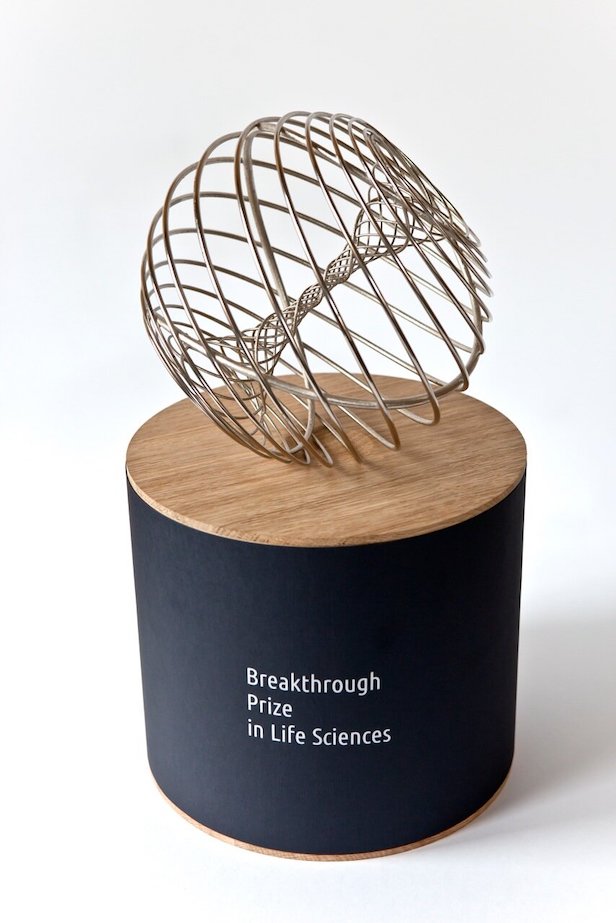The Event Horizon Telescope team wins “Oscar of Science”
The Breakthrough Prize Foundation awards those who have made an impressive contribution to the world of science

The Event Horizon Telescope (EHT) – a planet-scale array of eight ground-based radio telescopes forged through international collaboration captured this amazing image of the black hole at the centre of the galaxy Messier 87. Image credit: EHT Collaboration
The Breakthrough Prize Foundation and its founding sponsors – Sergey Brin, Priscilla Chan and Mark Zuckerberg, Ma Huateng, Yuri and Julia Milner, and Anne Wojcicki – recently announced the recipients of the 2020 Breakthrough Prize and 2020 New Horizons Prize, awarding a collective £17.6 million ($21.6 million) in recognition of important achievements in the Life Sciences, Fundamental Physics, and Mathematics.
Now in its eighth year, the Breakthrough Prize, known as the “Oscars of Science,” annually recognises achievements in the Life Sciences, Fundamental Physics and Mathematics, disciplines that ask the biggest questions and seek the deepest explanations. Considered the world’s most generous science prize, each Breakthrough Prize is £2.4 million ($3 million).
This year’s winners are credited with discoveries that address important and compelling scientific questions – from “What does a black hole look like?” to “Why do chilis taste hot?” and “What are the causes of neurodegenerative disease?”
As a collective, this year’s Breakthrough Prize laureates probed the galaxies to capture the first image of a black hole; imagined gravity at the quantum level; laid the foundation for non-opioid analgesics to extinguish chronic pain; established the biological basis of how much we eat and weigh; and discovered common mechanisms underlying neurodegenerative disorders, including early-onset dementia.

The Breakthrough Prize trophy was created by Olafur Eliasson. Image credit: Breakthrough Prize
In addition, six New Horizons Prizes were awarded to twelve scientists recognising early-career achievements in physics and mathematics.
The new laureates will be recognised at the eighth annual Breakthrough Prize gala awards ceremony on 3 November 2019, at NASA Ames Research Center in Mountain View, California, United States, and broadcast live on National Geographic. Each year, the program has a theme, and this year’s topic – “Seeing the Invisible” – is inspired by the Event Horizon Telescope collaboration, which created the first image of a black hole, as well as the broader power of science and mathematics to reveal hidden, uncharted worlds.
Also to be celebrated at this year’s ceremony – a Special Breakthrough Prize in Fundamental Physics, which was announced in August 2019, to recognise the discovery of the theory of supergravity by physicists Sergio Ferrara, Daniel Z. Freedman, and Peter van Nieuwenhuizen. They constructed the highly influential 1976 theory that successfully integrated the force of gravity into quantum field theory.
The 5 September 2019 also marks the beginning of the Popular Vote period (5 – 20 September) for the Breakthrough Junior Challenge, an online, global competition that is hosted annually by the Breakthrough Prize Foundation to inspire young people to think creatively about science. For the Challenge, now in its fifth year, students ages 13 to 18 from countries across the globe are invited to create and submit original videos (3:00 minutes in maximum length) that bring to life a concept or theory in life sciences, physics or mathematics. The top scorer in the Popular Vote contest will receive automatic entry to the final round.
Keep up to date with the latest news in All About Space – available every month for just £4.99. Alternatively you can subscribe here for a fraction of the price!




